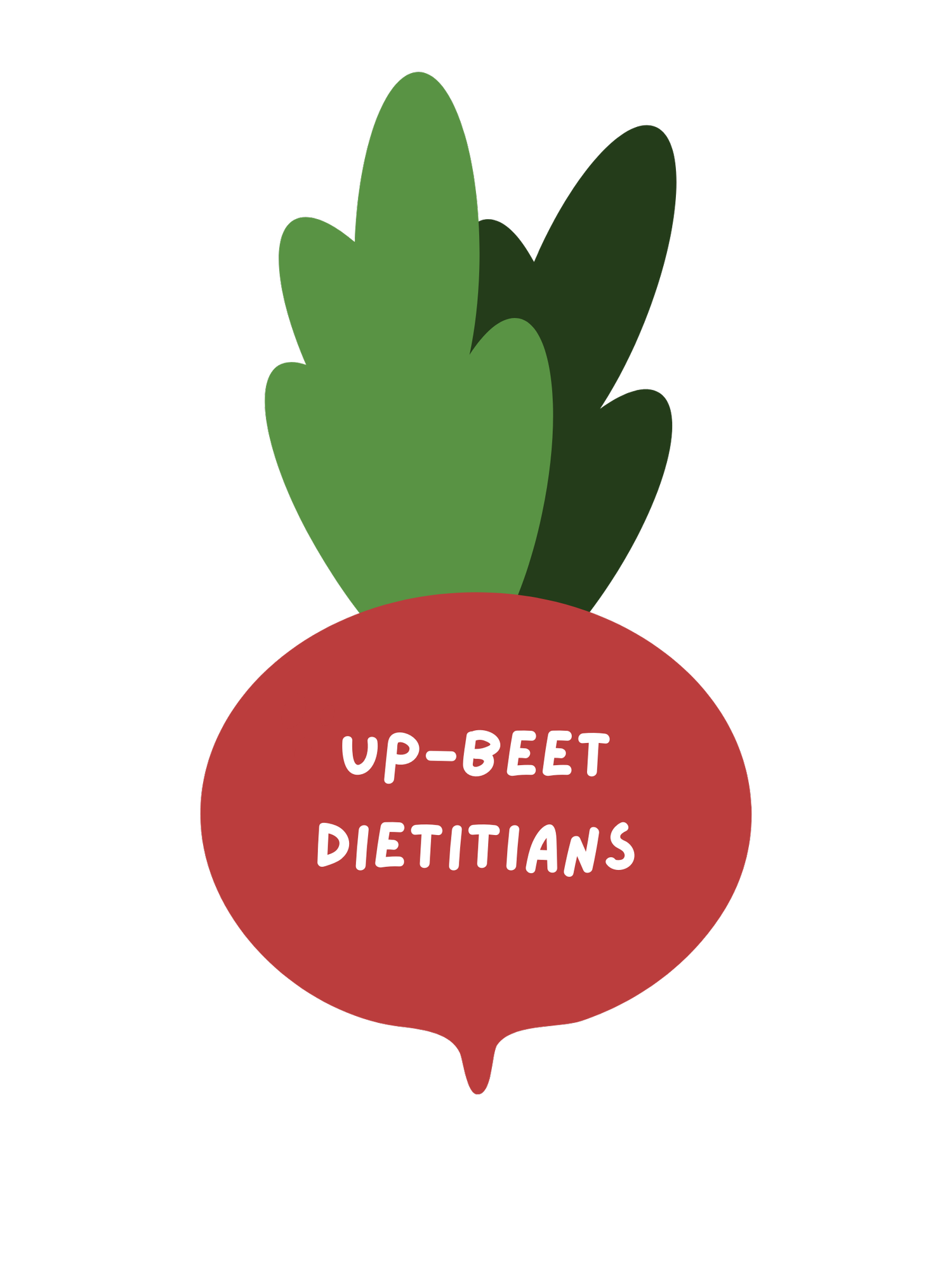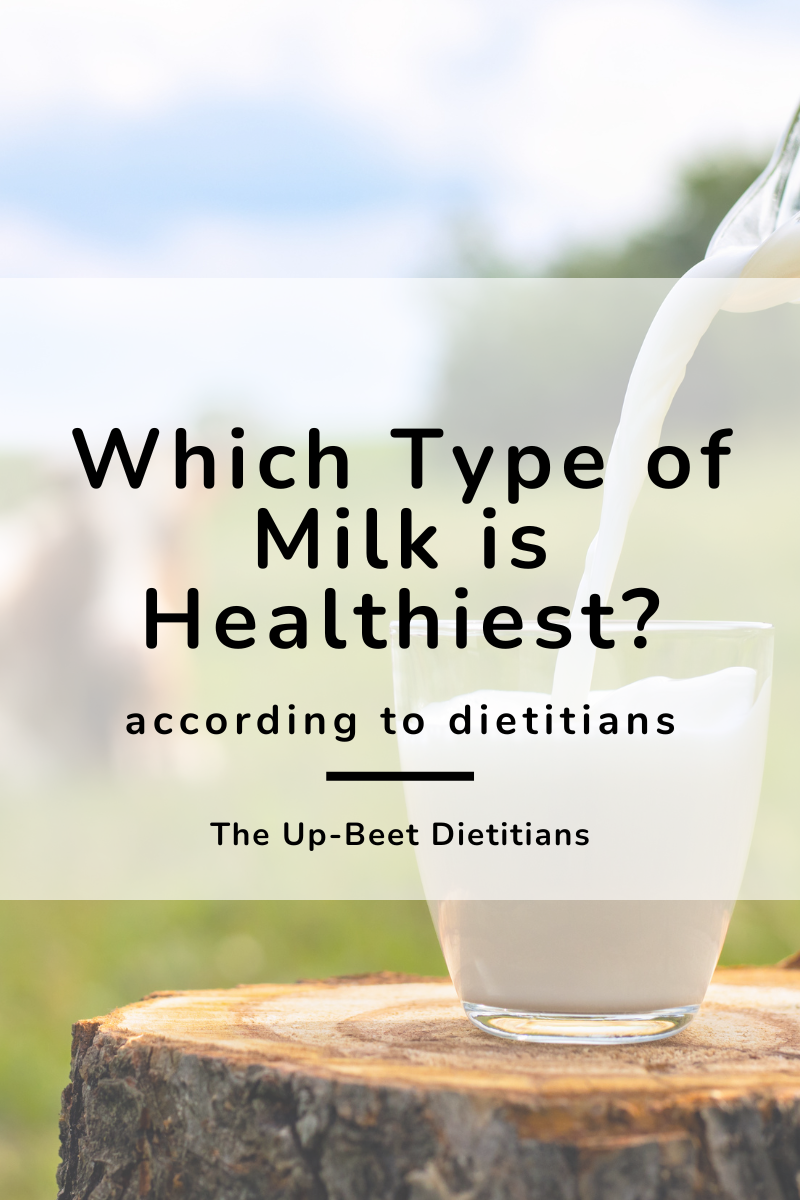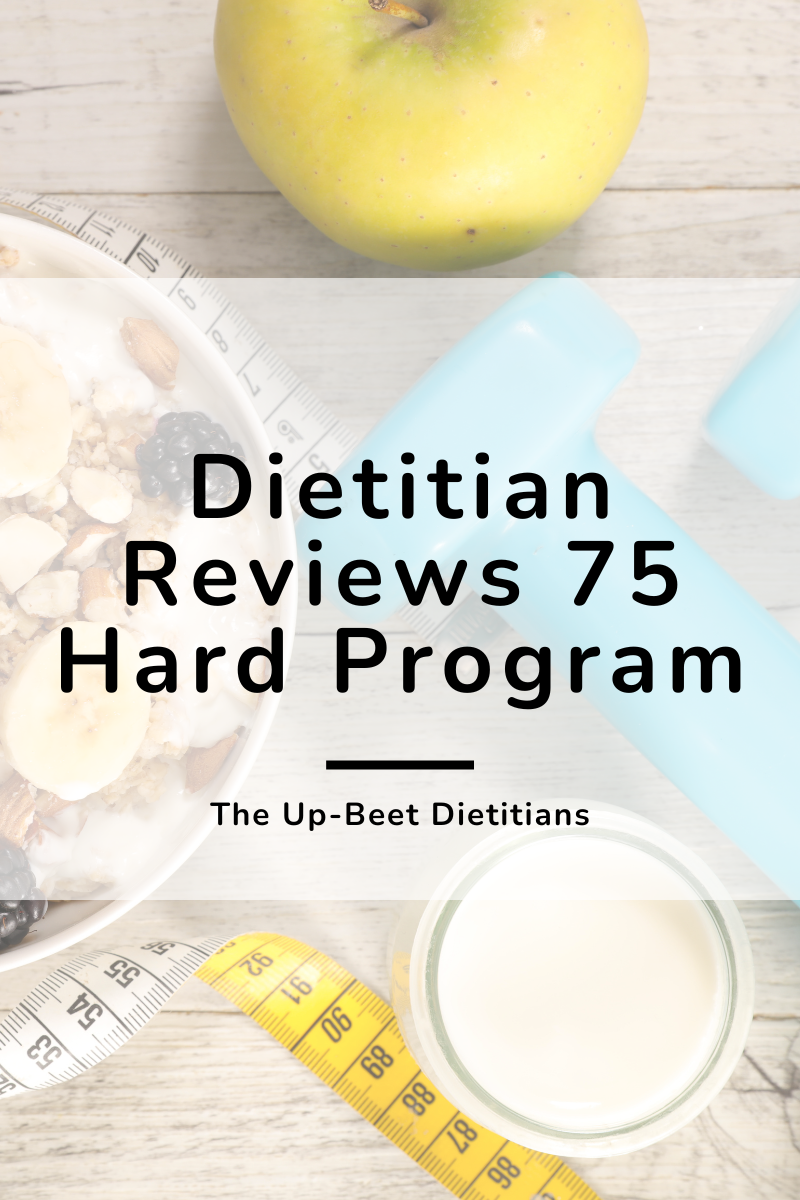Which Type of Milk is Healthiest According to Registered Dietitians?
This post was written by Jessica Manginelli, dietetic intern and reviewed by Hannah Thompson, RDN, LD, CPT and Emily Krause, MS, RDN, LD
Milk has been a controversial topic of debate for many years now. This makes it hard to know what is legitimate and what is just fear mongering. Read below to see a breakdown and comparison of many milk and non-milk alternatives so that you can make informed decisions on what kind of latte to order.
Cow’s Milk
The most well known source of milk is, of course, cow’s milk. This milk is a major source of calcium in many people’s diet and is oftentimes fortified in vitamin D, which many Americans are deficient in. Milk also has a great balance of carbs and protein and comes in a variety of fat contents. Whole milk has 8 grams of fat per cup, 2% milk has 5 grams of fat per cup, 1% has 2.5 grams of fat per cup, and skim (or fat free) milk has 0 grams of fat per cup. The fat content changes the flavor, consistency, and qualities of the milk, making some types better for different cooking techniques or flavor profiles. For example you would not want to use skim milk to make your food extra creamy or rich.
Cow’s milk does contain lactose which is a sugar molecule naturally occurring in animal milks. For some people with sensitivities or are lactose intolerant, they would want to choose a lactose-free milk option. Brands like Lactaid or Fairlife sell lactose-free milk where the sugars are broken down in a way that the body can more easily handle for those with sensitivities, or someone could free a naturally lactose-free milk alternative, like plant milks.
Plant Milks
Plant based milks have become more and more popular and widely available which is great for people who chose to be dairy-free or are looking for a different flavor/ texture in their milks. There are many types of plant milks but the most common sources are almond, oat, soy, and rice. These “milks” are actually produced by soaking the food and then blending with water. This mixture is then strained very well and flavorings can be added if desired. Refer below to a comparison of the nutrients per 8 oz. of fluid:
Almond milk: 60 calories, 1 gram of protein
Oat milk: 130 calories, 3 grams of protein
Soy milk: 130 calories, 8 grams of protein
Rice milk: 110 calories, 1 gram of protein
2% Cow’s milk: 120 calories, 8 grams of protein
As you can see, the plant milks overall are much lower in protein compared to the plant milks with the exception of soy milk. The calories are similar between the varieties except for almond milk which has a much higher water content and lower fat contents than the others.
Summary
Overall, when it comes to choosing a type of milk, the most important factors to consider are the intended use and any dietary restrictions you may have. If you are choosing a plant milk, make sure to check that it is fortified in calcium and vitamin D or make sure to include those nutrients in other foods in your diet. If you are looking for a choice that has higher satiety and can be used as a protein source soy will be the best option. All in all, all milk options are not made the same but do have value in their own right so feel free to experiment to find your favorites!
Want to work with a registered dietitian to find a more sustainable approach to your health? Work with Emily or Hannah.





